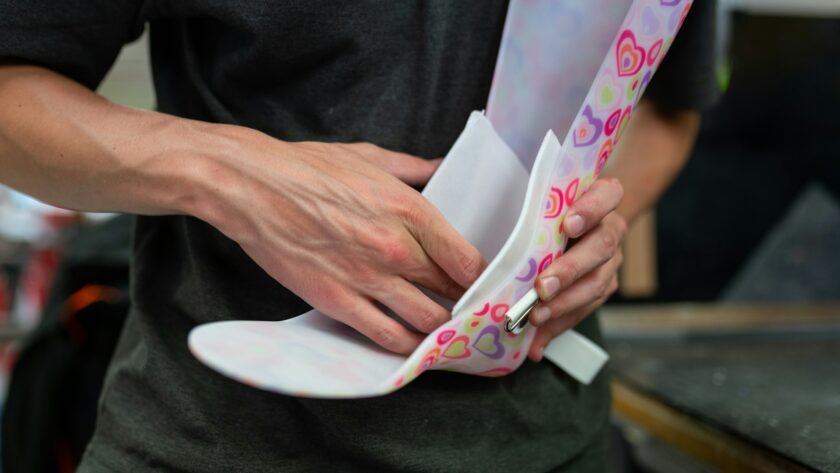Certified Pedorthists design, fit, and modify shoes and other devices to lessen foot pain or correct foot problems. Often, they will take clay impressions of the patient’s feet, choose appropriate raw materials, and then create a custom shoe or orthotic.
Students interested in a career as a Pedorthist should look for internships at medical facilities, podiatrists’ offices, or specialty shoe stores. This will give them hands-on experience in the field.
Pedorthists are Experts
Pedorthists work with podiatrists and prosthetic surgeons to design orthotic braces, shoes, and other devices for patients suffering from foot-related conditions. They can also provide foot and ankle support for sports-related injuries.
Depending on their experience level, a certified pedorthist’s salary can range from $53,179 to $91,164 per year. However, the average salary is $73,937.
Some professional pedorthists in Ottawa choose to work for nursing homes, where there is an increase in foot problems among older people. They can also conduct hospital clinics to heighten public awareness about foot care and possible treatments.
Other pedorthists prefer to operate their therapeutic shoe stores and orthotics laboratories. This can be a rewarding career move, especially if you can manage a successful business and build a steady stream of referrals. This can also enable you to earn higher salaries. Those who work in shoe stores and labs can also enjoy benefits such as sick days, holidays, and vacation time.
They Have Access to a Wide Variety of Products
Pedorthists design, manufacture, and fit shoes or other devices to lessen pain or correct foot problems. They also evaluate the footwear or devices they create to ensure they are made correctly and function as intended.
Pedorthic products can range from arch supports, lifts, and inserts to walking shoes, brace shoes, surgical boots, and custom-made shoes. These products may be used to correct foot deformities, reduce pain from amputations and amputations, or help patients with diabetes manage their condition.
Most credentialed pedorthists work in indoor settings, including specialty shoe stores, orthotic and prosthetic patient care facilities, and rehabilitation centers. Some also have their independent practice. Some pedorthists collaborate with podiatrists or orthopedic surgeons, according to Haig. Others conduct clinics at hospitals and other healthcare centers to heighten public awareness about pediatric care. They also train allied health professionals, such as nurses and physical therapists. They may even assist patients with special needs, such as the elderly.
They Have Experience
Pedorthists can work in various settings, including hospitals, clinics, and agencies. Some even choose to go out independently and establish their practice. This can be a difficult decision but offers much flexibility and freedom.
Most pedorthists have experience working on various foot and ankle conditions. They have extensive knowledge of creating and fitting orthotic devices, making comfortable shoes, and providing support.
Pedorthists can help patients with many different types of problems, from partial-foot amputees to people with diabetes. They can create treatments that attempt to prevent the condition from developing, correct it, and accommodate it so that the patient can live as comfortably as possible. They can do this using various treatment techniques, such as fitting shoes with rocker soles and wide flares. They can also create custom orthotics for different foot and ankle conditions.
They Are More Affordable
Pedorthists are trained to recognize unique foot anatomy and biomechanical characteristics. They also utilize wear patterns on shoes as an x-ray, which helps them see functional hallux limitus, foot-length differences, and gait asymmetries.
Then, they use their expertise to design and craft the best solution for each patient, which may include a variety of solutions. They can use soft goods like padded toe sleeves and arch supports, shoe modifications to provide extra depth or support, and full-length custom-fabricated orthoses.
The goal of the pedorthist is to balance the lower extremities for optimal biomechanics and performance. This can help to alleviate pain, redistribute weight, accommodate or support conditions, and prevent injuries or worsening of problems like atrophic ulcers, diabetic peripheral neuropathy, club foot, arthritis, and more.




